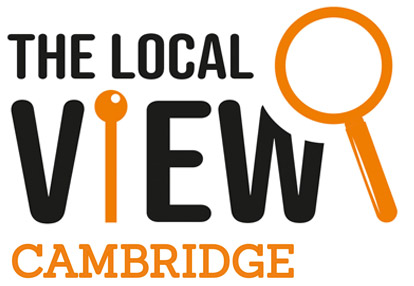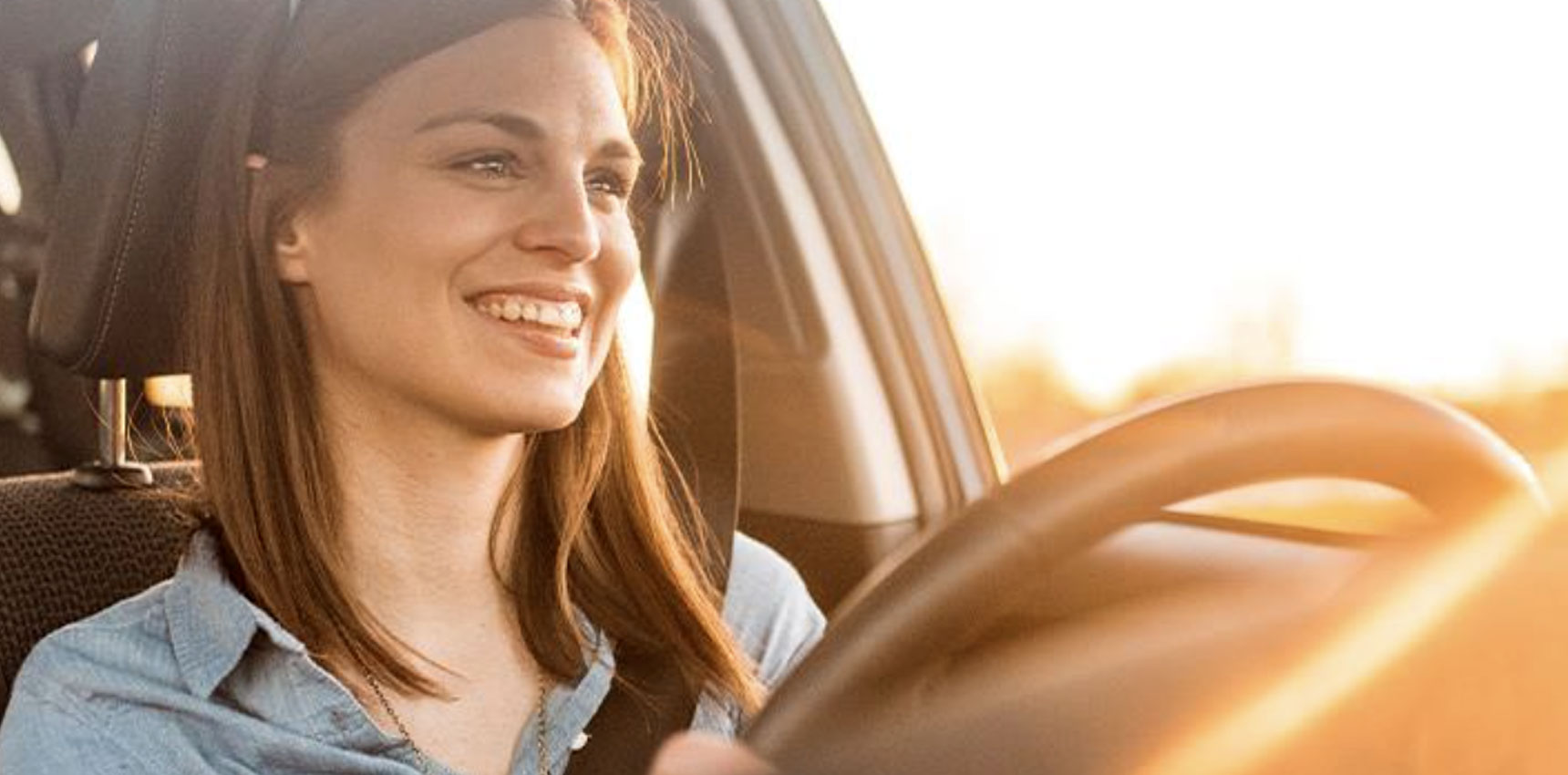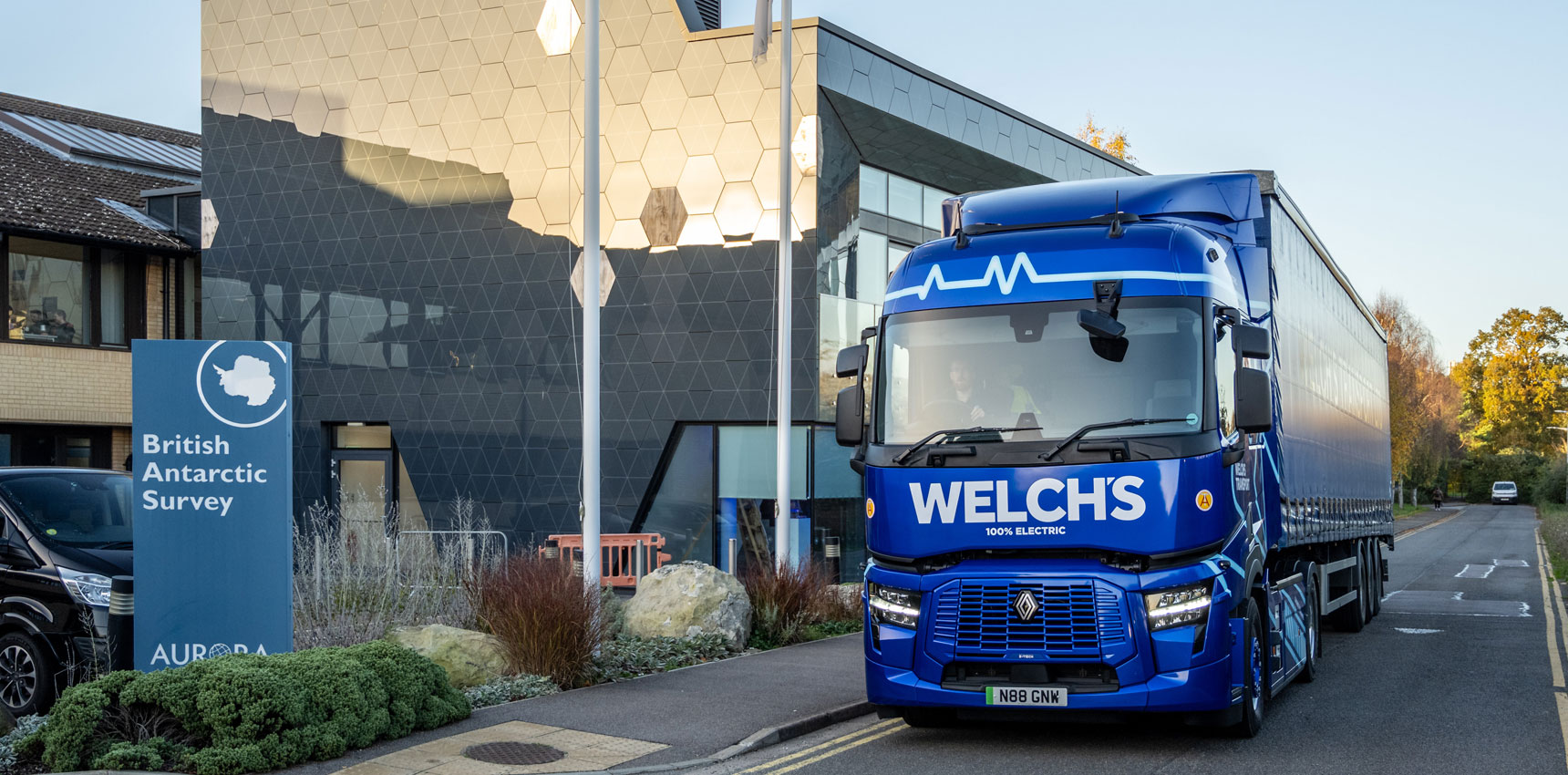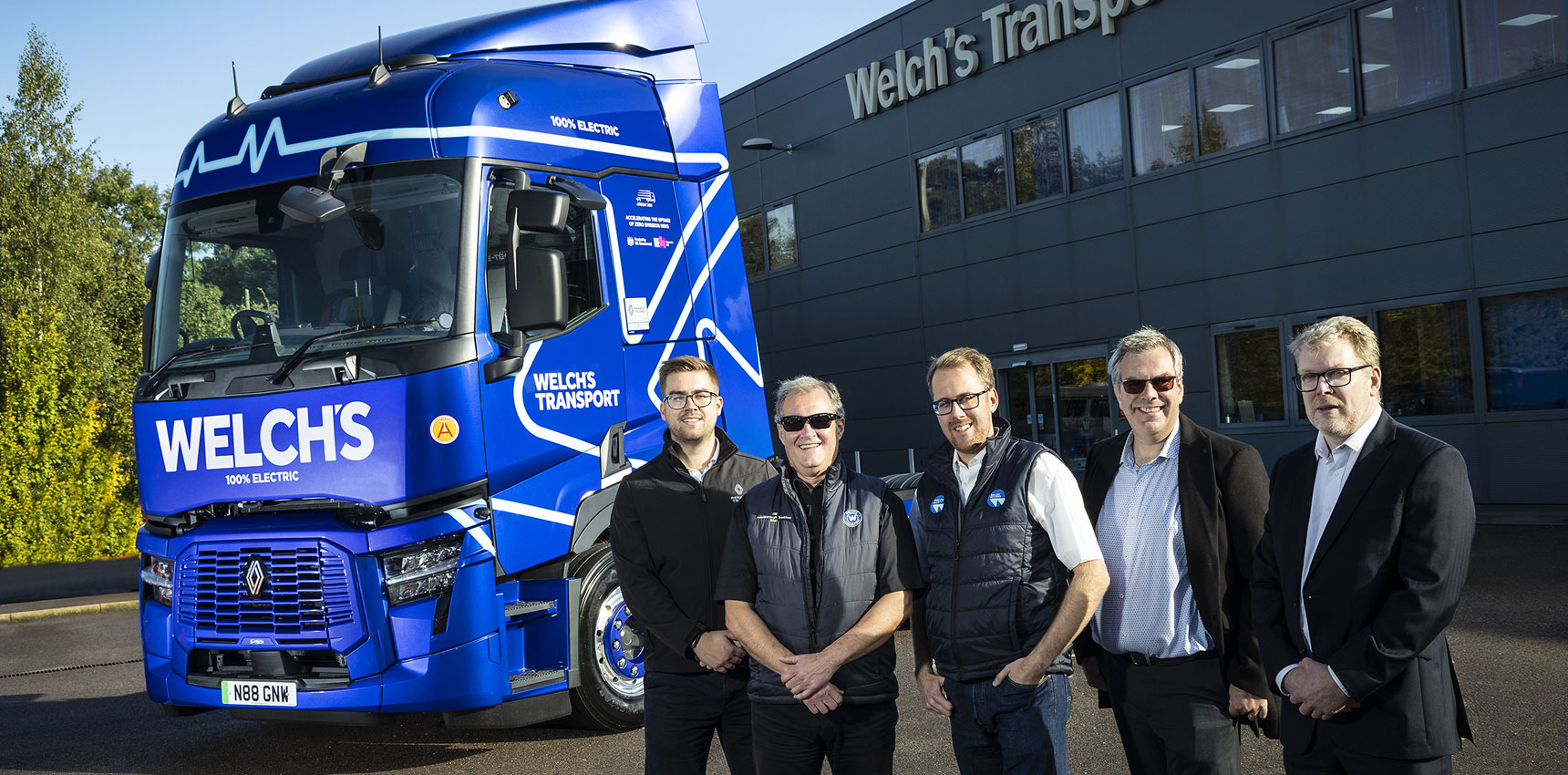Take a walk along Market Street, leading off Wisbech Market Place, and you’ll soon emerge onto The Crescent. It’s one of only five perfect residential crescents in the country and surrounds the grounds of a Regency villa known as The Castle.
Turn left into The Crescent (or right – it’s a crescent, so you’ll inevitably end up in the same place if you keep walking). The splendour of its Georgian houses ought to be sufficient to distract you from the monstrosity of the town’s 1970s library, squatting just before the entrance to Museum Square.

The ‘right’ building?
If you turned right, you’ve walked three quarters of the way around rather than one quarter but spared yourself the library façade. This building was erected on the site of the quite remarkable Ely Place Baptist Chapel, which was built in the early 1870s and demolished a century later. Arguably, neither building was ‘right’ in this prime position, yet the chapel seems the preferred option these days.
Step into Museum Square, with The Castle behind you, and you’ll see the parish church of St Peter & St Paul. A grand building with almost 1,000 years of history, the church is accompanied by St Peter’s Gardens and Museum Square, making an elegant entrance to both from The Crescent.
Wisbech & Fenland Museum
Wisbech & Fenland Museum dominates the square’s left side. Temporarily forced into closure by Covid, the building is undergoing major remedial work and the reader is forgiven for thinking this ought to extend to its crooked windows. In fact, the museum was built on the filled-in moat of the original castle and, as a result, it is badly affected by subsidence.

Built in 1846/47, the Wisbech & Fenland Museum is important for its recording of Wisbech and local history, but perhaps even more so for its national significance as being among the UK’s first purpose-built museum buildings. Its eclectic collections are displayed in their original cases, and much of the museum retains its Victorian layout. This makes it a museum within a building that is itself a museum piece.
Also, the museum library holds Charles Dickens’ manuscript for Great Expectations, and there are few museums that can boast an original classic.
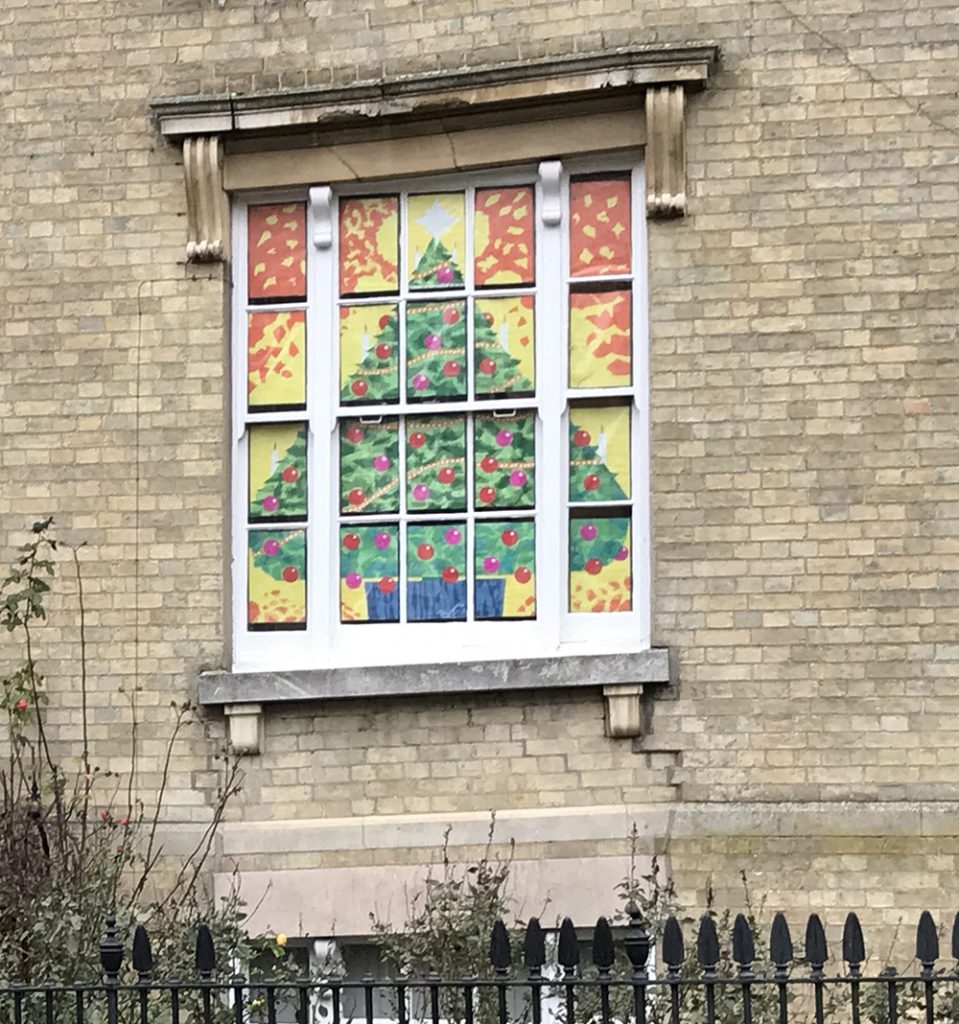
Castle Lodge
Opposite the museum, No.1 Museum Square was for many years Wisbech’s parole office. There were plans to convert No.2 into an HMO, but there was strong local resistance to this due to the obviously unsuitable location. As a result, the scheme was abandoned and the building was recently offered for sale by auction.

Meanwhile, No. 1, also known as Castle Lodge, is subject to a painstaking operation to restore it to as near original condition as possible. Occupying a prime spot between castle, church and museum, its pleasing façade is enough to interest the casual observer. However, again, here lies hidden history.
Joseph Medworth
Born in Wisbech in 1752, Joseph Medworth became a wealthy London property owner before returning to the town in 1793. He bought the castle estate at auction, including Thurloe’s Mansion, the most recent building on the original Norman castle site.
Like those of St Peter & St Paul’s, the Wisbech & Fenland Museum and The Castle, Medworth’s story deserves a separate telling. For now, it’s safe to assume that if he were alive today, Keeping Up With the Medworths would undoubtedly be topping the streaming charts.
In 1811, Medworth hatched a grand plan for a new entrance into Wisbech. In his vision, a bridge over the canal would link Lynn Road and the Horsefair. The demolition of Hill Street would make way for a sweep through to the Market Place and Thurloe’s Mansion beyond.
A fit of pique
Medworth offered to sell the mansion to the Wisbech Corporation for £2,000. It was to be a new home for the Grammar School, then housed on Hill Street. But the corporation refused and, in a fit of pique, Medworth tore Thurloe’s Mansion down. Around 1816, he replaced it with The Castle as we see it today. He used some of the materials in other buildings, including Castle Lodge, on Museum Square.
Next time you’re in Wisbech, take the short walk from Market Place to Museum Square. Look again at Castle Lodge and you’ll see there’s a peculiar wooden canopy above the door. It came from Thurloe’s Mansion, while the style of the windows and dressed stonework at the building’s corners suggest they did too.
So, now you’ve discovered, or rediscovered, Museum Square, a beautiful, historic spot in an easily overlooked Fenland town. And, in the process, you’ve brushed shoulders with Dickens, travelled back almost 1,000 years, and kept up with the Medworths.
WORDS AND IMAGES Paul Eden
